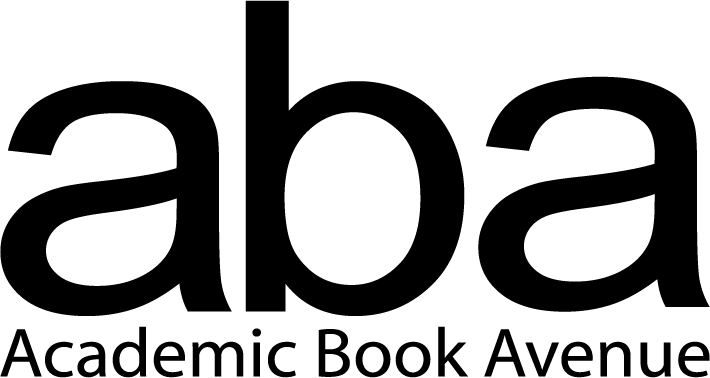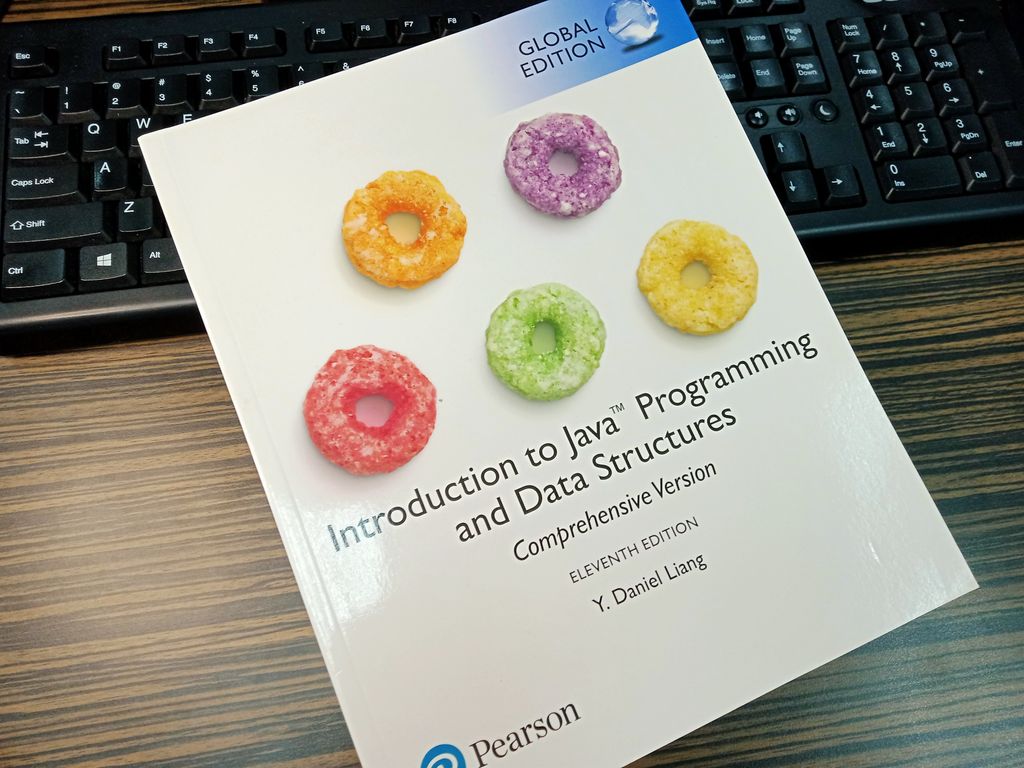Introduction to Java Programming And Data Structures, 11th Edition Comprehensive Version
- Regular price
- RM 160.00
- Sale price
- RM 160.00
- Regular price
-
RM 160.00
Share
Y. Daniel Liang
EXPANDED! Text-specific Companion Website, maintained by the author at www.pearsonhighered.com/liang
This text is intended for a 1-semester CS1 course sequence. The Brief Version contains the first 18 chapters of the Comprehensive Version. The first 13 chapters are appropriate for preparing the AP Computer Science exam.
For courses in Java Programming.
A fundamentals-first introduction to basic programming concepts and techniques
Designed to support an introductory programming course, Introduction to Java Programming and Data Structures teaches concepts of problem-solving and object-orientated programming using a fundamentals-first approach. Beginner programmers learn critical problem-solving techniques then move on to grasp the key concepts of object-oriented, GUI programming, advanced GUI and Web programming using JavaFX. This course approaches Java GUI programming using JavaFX, which has replaced Swing as the new GUI tool for developing cross-platform-rich Internet applications and is simpler to learn and use. The 11th edition has been completely revised to enhance clarity and presentation, and includes new and expanded content, examples, and exercises.
Extensive resources provide support for both instructors and students
- EXPANDED! Text-specific Companion Website, maintained by the author at www.pearsonhighered.com/liang
- Algorithm Animations are valuable pedagogical tools to demonstrate how algorithms work. Algorithm animations can be accessed from the Companion Website.
- More than 200 additional programming exercises with solutions are provided to the instructor in the Companion Website. These exercises are not printed in the text.
- VideoNotes provide step-by-step video tutorials specifically designed to enhance the programming concepts presented in the book. Students can view the entire problem-solving process outside of the classroom–when they need help the most.
- Additional student resources include CheckPoint questions (organized by sections for each chapter), solutions to even-numbered programming exercises, source code for the examples in the book, Interactive quizzes (organized by sections for each chapter), Java IDE and programming resources, debugging tips, and errata.








